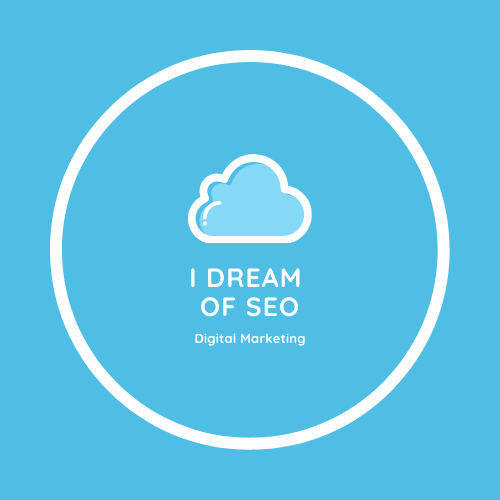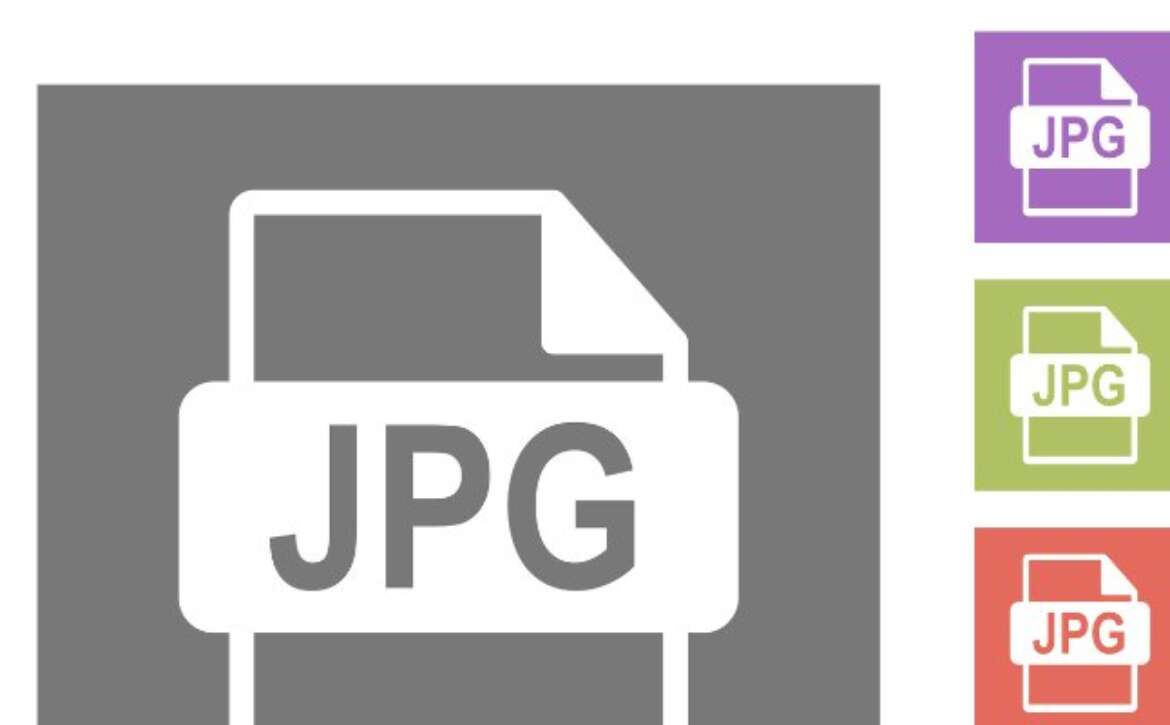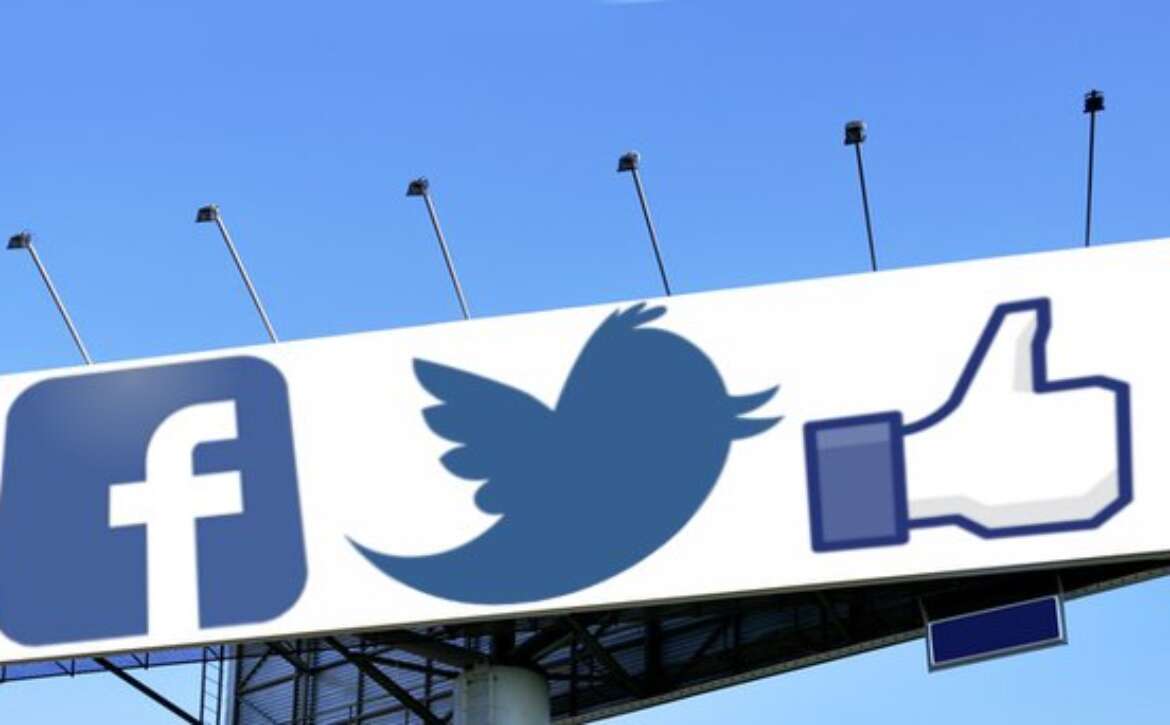Your Quality Score & How to Increase It
When setting up a search marketing campaign the focus is often on establishing keyword lists and ad copy, but one key metric is often either forgotten about or misunderstood. Even those who are new to search marketing understand that your quality score is important, but many don’t know why. Even fewer people really understand how quality scores are determined.
You can find your quality score in your keywords tab on either your Google Adwords or Bing Ads account. Quality scores range from 1/10 to 10/10. The ideal score is obviously a 10/10, but anything above an 8 and you’ve got a strong campaign. When determining your quality score Google’s algorithm reviews your ad copy, landing page, and potential click through rate in relation to your keyword. Let’s look at each one of these elements separately.
Ad Copy
Your ad copy is the text you use when setting up your ads. Everything from your title to your display URL should relate to your ad group/keyword. It’s important to write ad copy that is engaging and has a clear call to action, but it’s also important to include keywords to improve quality score. One way to do this is by using dynamic keyword insertion. You can use dynamic keyword insertion in your ad title and/or ad copy. In Google Adwords this is achieved by using the following parameter {Keyword: text}. Google won’t allow you to simply put {Keyword} because in some cases the keyword contains too many characters to fit within the line of text. This is especially the case when your ad group contains keywords with phrase match. Example: Let’s say you have an SEO business, and your bidding on “SEO services”. A sample ad could look like:
{Keyword: Improve Ranking}
Get More Out of Your SEO!
Increase Traffic & Leads Today.
Instead of putting {Keyword: SEO Services} I used “improve ranking” because if the keyword is “Need SEO” or similar terms, the text won’t make sense or read well to the consumer. Bing Ads also allows you to use dynamic keyword insertion, but unlike Google they will allow you to use just {KeyWord}.
Landing Page
Your landing page is whichever page you have chosen for your ads to lead to. Many small businesses use their main website as their landing page. There is nothing necessarily wrong with this practice, but it can often be difficult to improve your quality score when you can’t edit the landing page text per ad group/keyword. In addition, if you are working on improving your SEO ranking, PPC can impact your SEO. When determining SEO ranking, Google will factor in bounce rates and length of sessions. Historically, PPC visitors bounce at a higher rate and spend less time on a page. This can negatively affect your SEO.Instead, companies will use services like Marketo to generate landing pages specific to ad campaigns. You can add “no-follow” to these links, so that your main website is not affected by traffic from these campaigns. If Marketo or similar services are too expensive, you can create and manage your own landing pages by using WordPress & website templates.If separate landing pages aren’t an option, hope is not lost. You can improve your quality score by updating your on page content, headers, and meta data to reflect your keywords.
Click Through Rate
Oh the dreaded click through rate, the most complicated of SEM optimization. Most marketers underestimate the importance of the click through rate, and how much it impacts quality score. Google Adwords is a revenue stream first and foremost. The goal is to display ads higher on a page, that have a higher likelihood of being clicked. More clicks means more spend, and Google likes that.
How do you make your ads more clickable? That’s the million dollar question. By creating keyword lists that are highly relevant to your product/services you can increase your click through rate. You can also help your chances by writing engaging ad copy that stands out from your competitors. Your click through rate can improve over time, based on ad performance.
Adwords may initially deduce that interest in your ad may be low, but if you have a good ratio of impressions to clicks you can improve your CTR and your quality score effectively.
Why are quality scores important?
Your quality score is used by Google & Bing to determine how much you pay per click. Since your goal is to pay as little as possible for a keyword, and lower your CPA (cost per lead), quality score is important. In addition to effecting prices, your quality score also determines how often your ad is shown and where it falls on the page.
As mentioned earlier, if you have a low quality score Adwords will determine that your ad is less likely to result in clicks. Therefore no matter how high you may bid, a competitor with a better quality score could beat you every time.
Keywords with quality scores below a 3/10 are often not shown, which decreases your potential for growth and market share. If your goal is to increase traffic to your site and sales, lack of clicks is deadly to the success of your campaigns.
At I Dream of SEO our goal is to help you create highly effective search marketing campaigns that will result in more leads for your business and highly targeted traffic to your site. Build your brand, expand company reach, and earn trust from hundreds of visitors a day.
Contact us today & start marketing online.- See more at: http://www.idreamofseo.com/quality-score-what-it-is-why-it-matters





